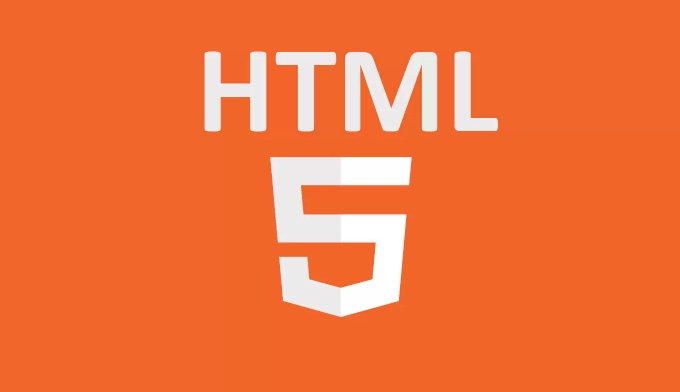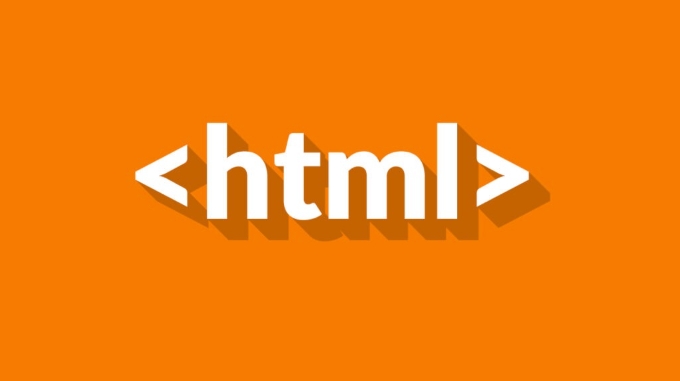The

The HTML5 <canvas></canvas> element is a blank drawing area you can manipulate with JavaScript to create graphics, animations, or visual content directly in the browser. It doesn't do much on its own — think of it like a digital whiteboard — but once you add JavaScript, you can draw shapes, text, images, and even create interactive visuals.

How to Set Up a Basic Canvas
To use the <canvas></canvas> element, you first need to add it to your HTML file. Here's a simple example:
<canvas id="myCanvas" width="500" height="300"></canvas>
This creates a canvas area 500 pixels wide and 300 pixels tall. By itself, it won't show anything unless you use JavaScript to draw on it.

To start drawing, you'll need to access the canvas through JavaScript:
const canvas = document.getElementById('myCanvas'); const ctx = canvas.getContext('2d');
The getContext('2d') gives you a 2D drawing context, which is the most commonly used one for basic graphics.

Drawing Simple Shapes
Once you have the canvas context, you can begin drawing. For example, drawing a rectangle is straightforward:
- Use
ctx.fillStyle = 'red';to set the fill color. - Then call
ctx.fillRect(x, y, width, height);to draw the rectangle.
Here's a full example:
ctx.fillStyle = 'blue'; ctx.fillRect(50, 50, 100, 100);
This draws a blue square starting at coordinates (50, 50), 100 pixels wide and tall.
You can also draw outlines using ctx.strokeRect() or even clear parts of the canvas with ctx.clearRect() .
Adding Text and Images
Text and images make canvas content more dynamic. To add text:
ctx.font = '20px Arial'; ctx.fillStyle = 'black'; ctx.fillText('Hello Canvas!', 10, 50);
This displays the text "Hello Canvas!" at position (10, 50) using a 20px Arial font.
For images, you can load an image from a URL and draw it onto the canvas:
const img = new Image();
img.src = 'image.png';
img.onload = () => {
ctx.drawImage(img, 0, 0);
};This loads an image and draws it at the top-left corner of the canvas once it's ready.
Just keep in mind: if the image isn't fully loaded before drawImage() runs, it won't appear. That's why we use the onload event.
Handling User Interaction
One powerful feature of the canvas is that it can respond to user input like clicks or mouse movement.
For example, to detect a click on the canvas:
canvas.addEventListener('click', function(event) {
const rect = canvas.getBoundingClientRect();
const x = event.clientX - rect.left;
const y = event.clientY - rect.top;
console.log('Clicked at:', x, y);
});This gives you the exact coordinates of the click, which you can then use to determine if the user clicked on a specific shape or area.
You can also track mouse movement with mousemove or handle touch events on mobile devices using touchstart and similar events.
Basically that's it. Canvas provides flexible drawing capabilities, but all interactions and logic require you to implement them in JS yourself.
The above is the detailed content of What is the HTML5 Canvas element?. For more information, please follow other related articles on the PHP Chinese website!

Hot AI Tools

Undress AI Tool
Undress images for free

Undresser.AI Undress
AI-powered app for creating realistic nude photos

AI Clothes Remover
Online AI tool for removing clothes from photos.

Clothoff.io
AI clothes remover

Video Face Swap
Swap faces in any video effortlessly with our completely free AI face swap tool!

Hot Article

Hot Tools

Notepad++7.3.1
Easy-to-use and free code editor

SublimeText3 Chinese version
Chinese version, very easy to use

Zend Studio 13.0.1
Powerful PHP integrated development environment

Dreamweaver CS6
Visual web development tools

SublimeText3 Mac version
God-level code editing software (SublimeText3)

Hot Topics
 What is Microdata? HTML5 Explained
Jun 10, 2025 am 12:09 AM
What is Microdata? HTML5 Explained
Jun 10, 2025 am 12:09 AM
MicrodataenhancesSEOandcontentdisplayinsearchresultsbyembeddingstructureddataintoHTML.1)Useitemscope,itemtype,anditempropattributestoaddsemanticmeaning.2)ApplyMicrodatatokeycontentlikebooksorproductsforrichsnippets.3)BalanceusagetoavoidclutteringHTML
 HTML5 Microdata: The best online tools
Jun 09, 2025 am 12:06 AM
HTML5 Microdata: The best online tools
Jun 09, 2025 am 12:06 AM
ThebestonlinetoolsforHTML5MicrodataareGoogleStructuredDataMarkupHelperandSchema.org'sMarkupValidator.1)GoogleStructuredDataMarkupHelperisuser-friendly,guidinguserstoaddMicrodatatagsforenhancedSEO.2)Schema.org'sMarkupValidatorchecksMicrodataimplementa
 Microdata in HTML5: The Key to Better Search Engine Ranking
Jun 12, 2025 am 10:22 AM
Microdata in HTML5: The Key to Better Search Engine Ranking
Jun 12, 2025 am 10:22 AM
MicrodatasignificantlyimprovesSEObyenhancingsearchengineunderstandingandrankingofwebpages.1)ItaddssemanticmeaningtoHTML,aidingbetterindexing.2)Itenablesrichsnippets,increasingclick-throughrates.3)UsecorrectSchema.orgvocabularyandkeepitupdated.4)Valid
 HTML5 goals: A quick start guide
May 18, 2025 am 12:18 AM
HTML5 goals: A quick start guide
May 18, 2025 am 12:18 AM
HTML5aimstoimprovewebaccessibility,efficiency,andinteractivityforbothusersanddevelopers.1)Itreducestheneedforexternalpluginsbysupportingnativemultimedia.2)Itenhancessemanticstructurewithnewelements,improvingSEOandcodereadability.3)Itimprovesformhandl
 Handling reconnections and errors with HTML5 Server-Sent Events.
Jul 03, 2025 am 02:28 AM
Handling reconnections and errors with HTML5 Server-Sent Events.
Jul 03, 2025 am 02:28 AM
When using HTML5SSE, the methods to deal with reconnection and errors include: 1. Understand the default reconnection mechanism. EventSource retrys 3 seconds after the connection is interrupted by default. You can customize the interval through the retry field; 2. Listen to the error event to deal with connection failure or parsing errors, distinguish error types and execute corresponding logic, such as network problems relying on automatic reconnection, server errors manually delay reconnection, and authentication failure refresh token; 3. Actively control the reconnection logic, such as manually closing and rebuilding the connection, setting the maximum number of retry times, combining navigator.onLine to judge network status to optimize the retry strategy. These measures can improve application stability and user experience.
 What are the key features introduced in HTML5?
Jun 19, 2025 pm 11:57 PM
What are the key features introduced in HTML5?
Jun 19, 2025 pm 11:57 PM
HTML5introducedkeyfeaturesthattransformedwebdevelopment.1.Semanticelementslike,,andimprovedstructure,readability,andaccessibility.2.Nativemultimediasupportviaandtagseliminatedrelianceonplugins.3.Enhancedformcontrolsincludingtype="email"andr
 What Were the Aims of HTML5? A Comprehensive Overview
May 18, 2025 am 12:17 AM
What Were the Aims of HTML5? A Comprehensive Overview
May 18, 2025 am 12:17 AM
The goal of HTML5 is to improve the semantic structure of web pages, enhance multimedia support, and ensure cross-platform compatibility. 1) Improve the accessibility and structure of web pages by introducing semantic elements such as, etc. 2) Use and elements to simplify multimedia embedding and reduce dependence on plug-ins. 3) Through responsive design and CSS3, cross-device compatibility and user experience optimization are achieved.
 HTML5 Input types: does it improve accessibility?
Jun 20, 2025 am 12:49 AM
HTML5 Input types: does it improve accessibility?
Jun 20, 2025 am 12:49 AM
Yes,HTML5inputtypesimproveaccessibilitybyprovidingsemanticmeaningtoassistivetechnologies.1)Emailinputtypeoptimizeskeyboarddisplayandscreenreaderannouncements.2)Dateinputtypeoffersacalendarwidget,aidinguserswithmotordisabilitiesandensuringconsistentda






